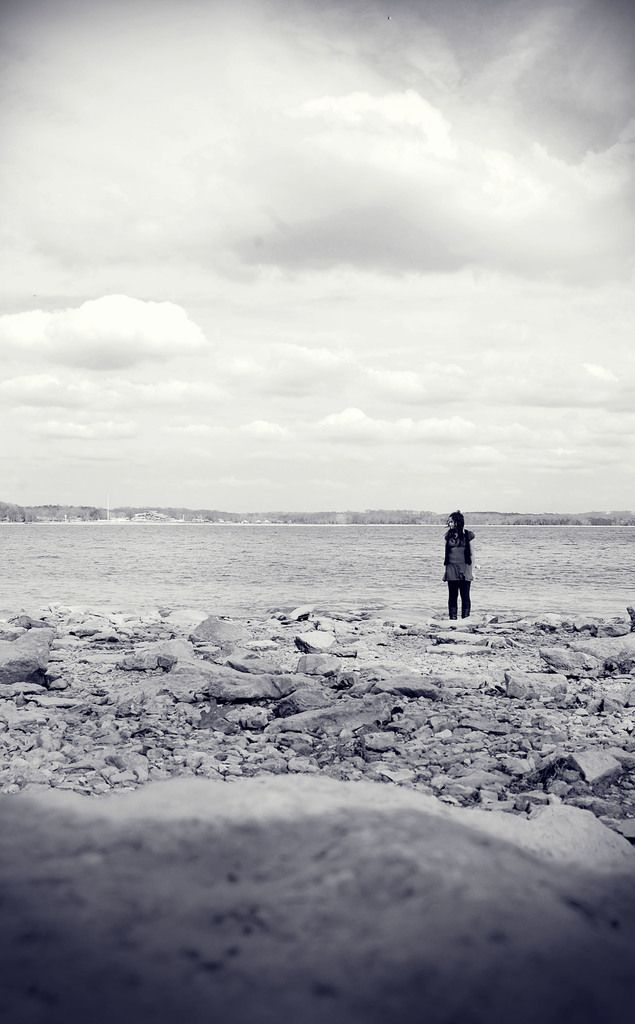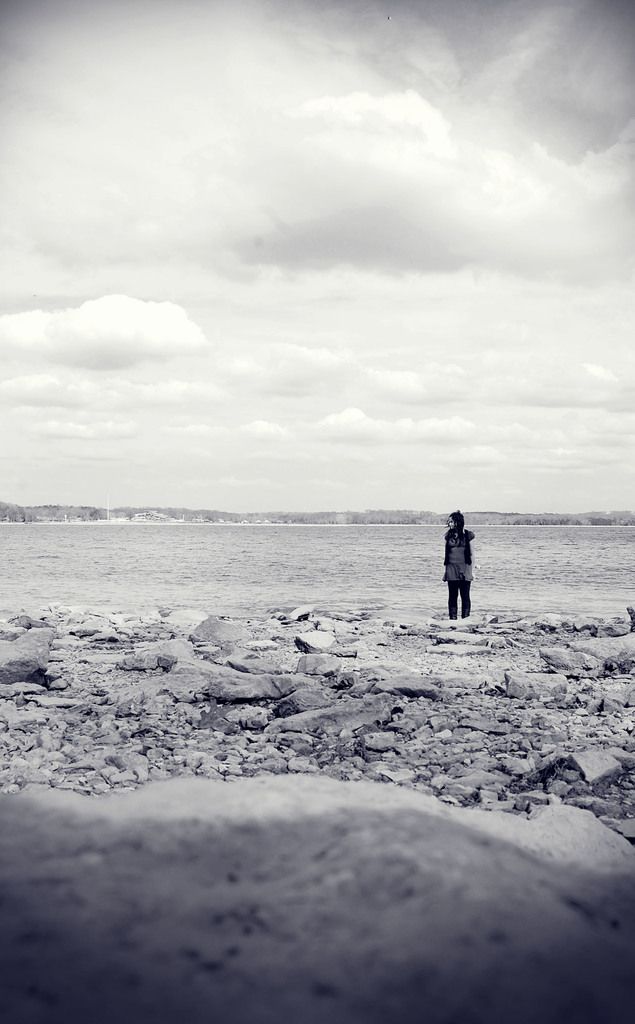Wandering Awake: Recognizing Signs, Root Causes, and Solutions
Walking While You Snooze: All About Sleepwalking
Have you ever woken up only to find yourself in a strange place, with no recollection of how you got there? That's the essence of sleepwalking, or somnambulism. Here's everything you need to know about this fascinating sleep disorder.
What is Sleepwalking?
Sleepwalking involves getting up and strolling around while in a state of sleep. Although isolated sleepwalking incidents rarely indicate any severe issues, recurrent sleepwalking may signal an underlying sleep disorder. This condition is more complex in adults as it can be confused with or coexist with other sleep disorders and medical conditions.
Sleepwalking typically takes place during deep N3 sleep, early at night during non-Rapid Eye Movement (NREM) sleep.
Sleepwalking: A Parasomnia Phenomenon
Classified as a parasomnia—an undesirable behavior or experience during sleep—sleepwalking is an arousal disorder during N3 sleep. Sleep terrors, another NREM disorder, can occur alongside sleepwalking.
The Prevalence of Sleepwalking
Sleepwalking is much more frequent in children and younger adults compared to older adults, correlating with the reduction of N3 sleep in seniors. About 5 to 15% of children experience sleepwalking, with the condition typically resolving without treatment as they grow older.
Research suggests that sleepwalking has an inheritance pattern, as it occurs in children if their parents have a history of the condition. People with irregular life patterns and long-term sleep deprivation are also prone to sleepwalking.
Causes of Sleepwalking
The factors contributing to sleepwalking include:
- Vigorous sports, fever, fatigue.
- Sleep deprivation or disorders.
- Changes in the sleep environment, such as disrupted sleep schedules, frequent traveling, and stimulation of noise or light.
- Mental disorders, including stress, PTSD, anxiety, depression, or panic disorder.
- Medication, including sedative-hypnotics, neuroleptics, anxiolytics, central stimulants, antihistamines, and benzodiazepine agonists like zolpidem.
- Underlying conditions like sleep-disordered breathing, alcohol consumption, restless legs syndrome, GERD, nervous diseases, or use of lithium preparations, phenothiazine, etc.
Symptoms of Sleepwalking
Sleepwalking episodes can be brief or last up to half an hour. Symptoms include:
- Sitting up and looking awake while sleeping.
- Performing complex activities like moving furniture, using the bathroom, dressing, or driving.
- Returning to sleep automatically if not disturbed.
- Falling asleep in different or unusual places.
- Confusion upon waking.
- Inappropriate behaviors, such as urinating in unusual places, climbing out of windows, or violent actions in male sleepwalkers.
Diagnosis and Treatment of Sleepwalking
Diagnosing sleepwalking requires a comprehensive medical history evaluation, considering initial symptoms, frequency, duration, overall health, medication, family history, etc. Sleep observation or a polysomnography (PSG) may be performed to exclude other disorders like REM sleep behavior disorder, nocturnal seizures, or sleep-disordered breathing.
Although most people do not require specific treatment for sleepwalking, safety precautions should be taken to prevent injuries, such as moving objects like electrical cords, blocking stairways, and maintaining a secure sleep environment.
Managing Sleepwalking
To manage sleepwalking, it's crucial to:
- Ensure a positive and healthy psychological state.
- Create a good sleeping environment.
- Remove harmful triggering factors.
- Develop good work and rest habits.
- Monitor symptoms through a sleep diary.
In severe cases, medication like benzodiazepines, antidepressants, or sleep disorder center evaluations may be necessary.
Preventing Sleepwalking
Here are some tips to prevent sleepwalking:
- Maintain a positive and healthy psychological state.
- Create a good sleeping environment.
- Remove triggering factors.
- Develop good work and rest habits.
- Monitor and record frequency, duration, and onset situations.
Enrichment Data: Sleepwalking in adults is associated with various underlying medical conditions and risk factors. These include genetic factors, stress and lack of sleep, mental health conditions, sleep disorders, medications, neurological conditions, and daytime impacts. Recent research suggests that sleepwalking can have daytime impacts, challenging the myth that its effects are solely nocturnal.
- Sleepwalking, a parasomnia phenomenon, is an arousal disorder that can coexist with other sleep disorders and medical conditions, particularly in adults.
- Research indicates that sleepwalking may have an inheritance pattern, with children more likely to exhibit the condition if their parents have a history of it.
- Causes of sleepwalking can be varied, encompassing factors such as vigorous sports, sleep deprivation, changes in sleep environment, mental health disorders, certain medications, and underlying conditions.
- sleepwalking can lead to daytime impacts, challenging the notion that its effects are limited to nighttime, according to recent research in the field of health-and-wellness and science.







